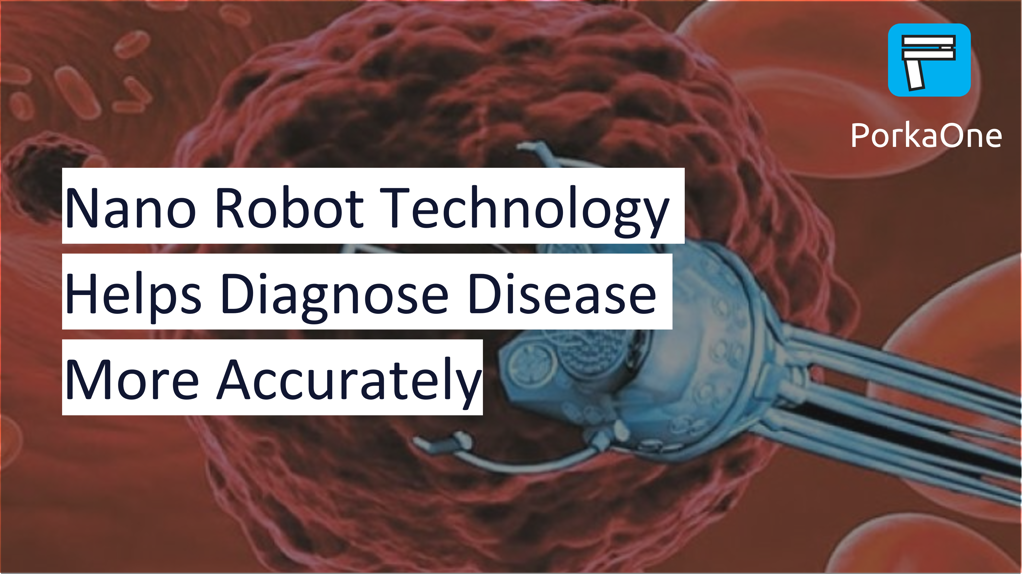Nano Robot Technology Helps Diagnose Disease More Accurately. Experts are reportedly struggling with nano robot technology (nanobots). This development, according to technology observers, is something that has been eagerly awaited.
Although it is being developed, observers say that the application of this nanobot technology has several obstacles, one of which is controlling the direction of the robot's motion to the required area in the human body. In addition, another problem that must be solved is how to get these robots out of the human body after they finish their work.
To solve these problems, researchers in nano robot technology are reported to have a precise solution, namely using natural ingredients that are guaranteed to be biodegradable in the human body. if it can be decomposed, then these nanorobots are claimed to be easier to get out of the body, for example via urine or sweat.
To achieve this goal, researchers are reportedly developing nanorobot technology using a kind of spirulina algae (a type of bacteria-based algae). Spirulina itself can usually be found in herbal medicine stores or supermarkets. According to experts, apart from being easy to describe, the use of spirulina makes the robot easier to control its placement in certain parts of the human body.
Controlled via MRI
The researchers say, to guide its movement, this robot can be coated with iron oxide. With this iron oxide, the researchers will be able to guide the movement of the robot using magnetic resonance imaging (MRI). This is because iron oxide is essentially a metal that will react to the magnetic field that the MRI produces. By aiming a magnetic field in the right direction inside the human body, these robots will be attracted to that location and help doctors analyze problems in that area.
Another thing that makes this nano robot suitable for development is its ability to detect symptoms of other diseases. When used to deliver certain drugs to the parts of the body that need it, these robots will also be able to detect changes in the environment in the body that are identified as other diseases. In this way, doctors can diagnose disease more accurately (especially for hard-to-reach body parts) without inserting tools or performing tests.
Although quite promising, observers say that this technology still takes a long time to be implemented. The reason is that experts still have to test the effectiveness of the robot, improve tracking and monitoring, and see the effect on the condition of the human body.







0 Comments
Come on ask us and let's discuss together
Emoji